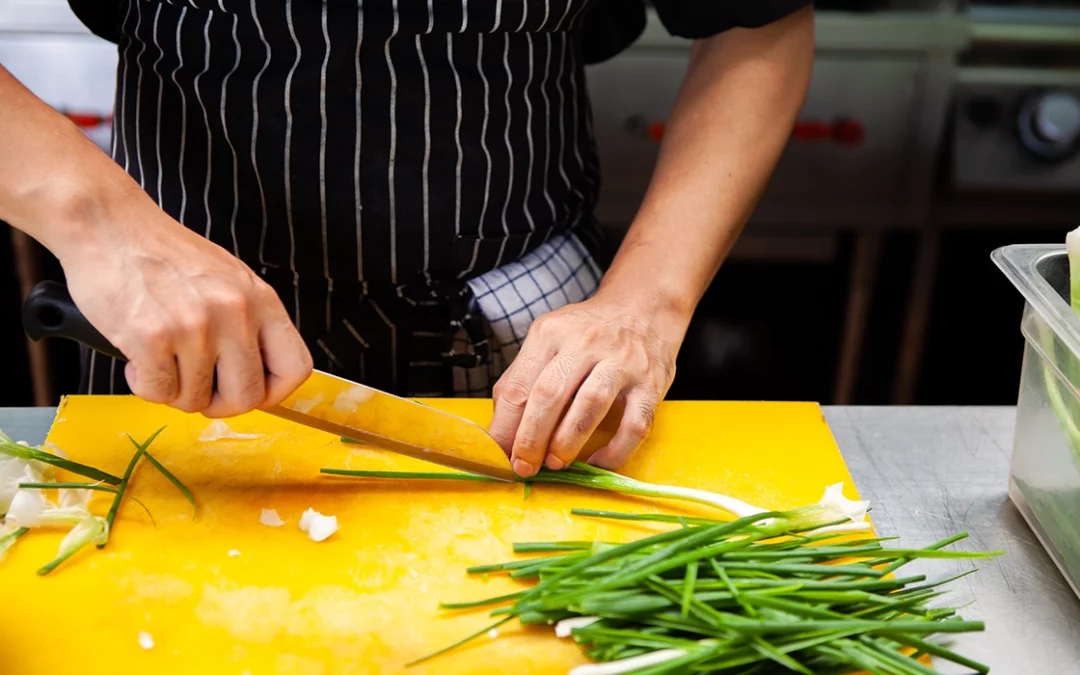Time is the one thing we all need more of, right? That’s true for our guests, too. Make sure your restaurant service training includes teaching your staff to serve guests’ time needs. Keeping the meal going at a steady pace is what most guests are looking for, and servers can usually do this pretty well. Where they get into trouble, though, is when time seems to stand still for guests. It’s the dreaded “wait.”
Waiting for a Table
With guests excited to return to in-person dining, many restaurants are experiencing something they’ve been missing for a while — a wait list. Waiting for a table is the first place guests might find themselves glancing at their watch during their dining experience. During times when you have a wait list, teach your host staff to “sell” the wait rather than “challenge” the guest. For instance, if there’s a 20-minute wait, the host has two options of how they could inform the guest:
Wrong: “Four for dinner? There is a 20-minute wait.” Translation: “Your move!”
Right: “Four for dinner? Great! Name, please? There is a short 20-minute wait, but if you’d like to have a seat at the bar I’ll let you know the minute your table is ready. The bartender can set you up with one of our great appetizers or specialty drinks!” Translation: “I know you hate to wait, but I’ll do everything I can to make that wait as short as possible. I’m happy you’re here!”
Waiting for Their Food
As much as we try to avoid it, sometimes the kitchen gets backed up or something unexpected happens to delay a food order. Service training should include these do’s and don’ts of serving waiting guests:
- Do acknowledge the problem. Let guests know you’re aware of the delay and you’re working on it. The last thing you want is for guests to think their food is sitting under a heat lamp while you’re doing other things.
- Do apologize. Tell guests you’re sorry for the delay, and mean it.
- Do offer options. If the delay is going to be awhile, offer an appetizer you can prepare and bring out quickly.
- Don’t point fingers. Even when the problem is directly related to something else going on in the restaurant, take one for the team. Never say that the kitchen is behind or a big party disrupted the service flow.
Waiting for the Check
There’s a funny habit restaurant customers have. They’ll sit leisurely at lunch or dinner, sometimes for hours, but once they’ve decided to leave, they’re in a hurry to go. The time it takes to get the check and/or have the server reconcile the check can be the last thing a guest remembers about their visit. Make it count. Teach your servers to walk no more than about eight steps away from their tables after dropping the check and then turn and see if the guest has put down payment for it.
Cycle of Service Restaurant Service Training
With every guest who walks through the door, your staff should be striving to not only meet expectations, but exceed them. Our restaurant service training follows the Service That Sells! Cycle of Service, breaking down a guest’s visit into separate steps from the moment they pull into the parking lot until that final moment when they walk out the door. Click preview our Cycle of Service training.





